Table of Content
Religious tourism has long been a cornerstone of India’s cultural heritage, drawing millions to its sacred sites every year. In cities with deep spiritual significance, this constant influx of pilgrims and tourists not only boosts local businesses but also drives residential demand. Recently, Prayagraj witnessed an impressive 28% surge in residential demand, and this trend is not limited to just one city.
In this blog, we explore how religious tourism is transforming the real estate market in holy cities like Prayagraj, Varanasi, Haridwar, Rishikesh, and Amritsar. We’ll break down the factors driving this trend, the economic and social benefits, and what it means for homebuyers and investors.
Prayagraj: A Beacon of Spirituality and Growth
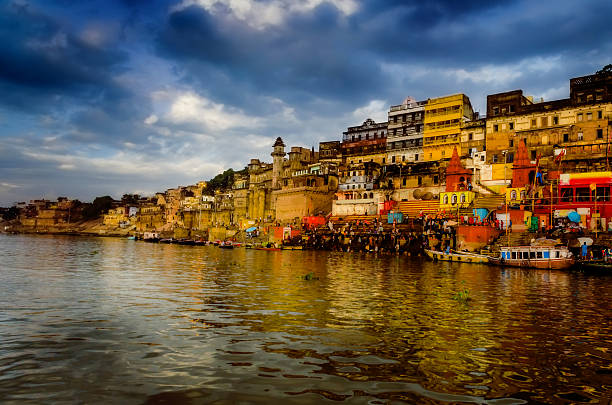
Prayagraj, formerly known as Allahabad, is one of the most prominent religious cities in India. It is best known for hosting the Kumbh Mela, one of the largest religious gatherings in the world which draws millions of pilgrims at periodic intervals. Besides this grand festival, Prayagraj is home to numerous temples and sacred ghats that are steeped in history and spirituality.
Also Read: Global Cities Index Q4 2024: New Delhi Secures 6th, Mumbai 7th in World Rankings
Impact on Residential Demand
The continuous flow of visitors has a direct economic impact on the city. Recent reports show a 28% surge in residential demand in Prayagraj. This growth is fueled by a variety of factors:
- Predictable Visitor Influx: Regular pilgrimages and large-scale events ensure a stable demand for both temporary and permanent housing.
- Investor Confidence: With such a reliable flow of tourists, investors are more willing to fund housing projects, leading to increased property values.
- Urban Renewal: The growing interest in property near sacred sites often triggers urban renewal projects, revitalizing older neighborhoods and making them more attractive for long-term residency.
Other Religious Cities Reaping the Benefits
While Prayagraj is a standout example, several other religious cities in India are experiencing similar trends.Here’s a closer examination of some key factors:
Varanasi
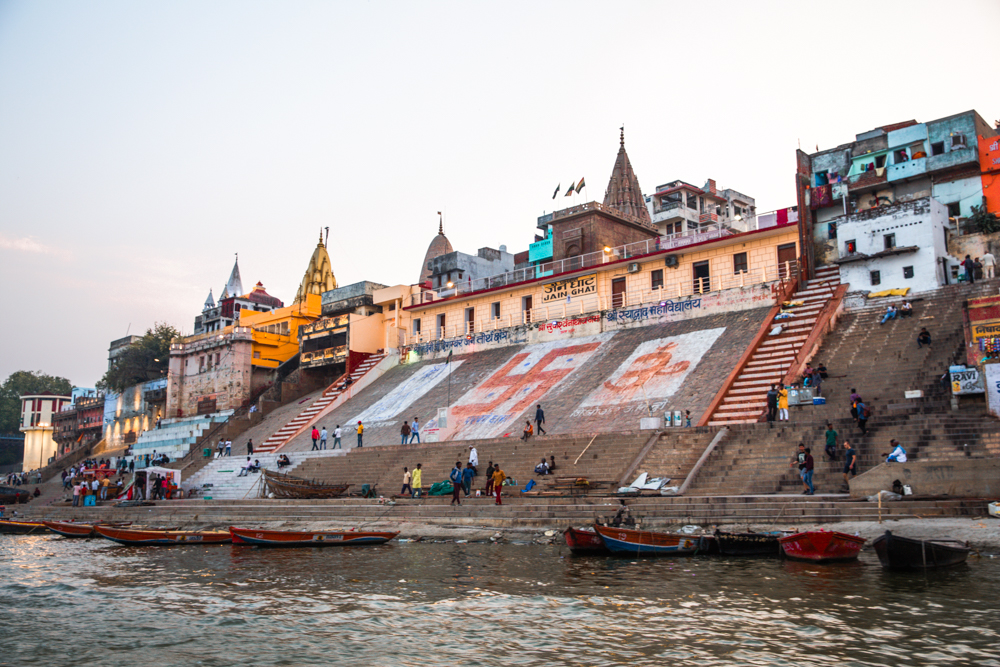
Varanasi, one of the oldest continuously inhabited cities in the world, is synonymous with spirituality. Famous for its ghats and the Ganges River, Varanasi attracts pilgrims seeking both spiritual solace and cultural immersion.
- Housing Demand: The steady stream of tourists has led to an increased demand for residential properties. New projects are being launched, and existing properties are appreciating in value.
- Urban Revitalization: Areas around major ghats are undergoing redevelopment, with improved infrastructure and modern amenities enhancing the overall appeal of the city.
Haridwar
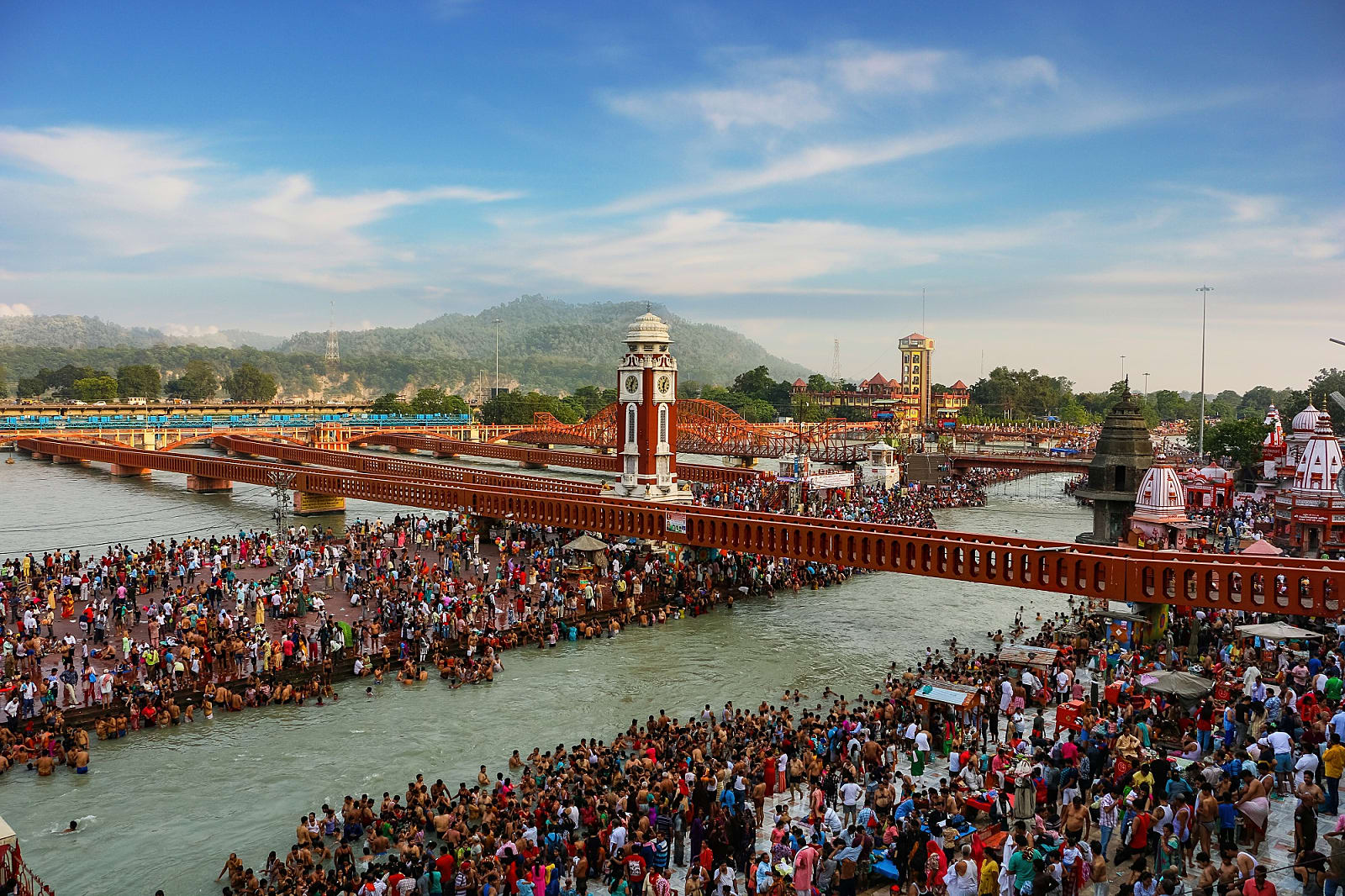
Haridwar, located on the banks of the Ganges, is another key religious destination that sees millions of visitors, especially during festivals like the Kumbh Mela.
- Residential Growth: As more people visit and eventually decide to settle down, there is a noticeable rise in residential demand. Affordable housing projects are emerging to cater to this growing need.
- Infrastructure Improvements: Investments in better transportation and public facilities are making Haridwar more accessible, which in turn boosts the real estate market.
Rishikesh
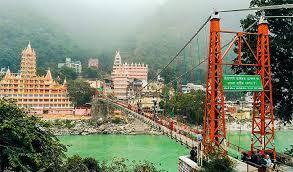
Rishikesh, known as the “Yoga Capital of the World,” attracts not only spiritual seekers but also those looking for a peaceful lifestyle. Its scenic beauty and holistic vibe have made it a hotspot for both tourism and residential development.
- Lifestyle Properties: The city is witnessing a boom in luxury villas, eco-friendly homes, and wellness centers. This trend is driven by the demand for spaces that offer both comfort and a connection to nature.
- Community-Oriented Projects: With the increasing popularity of yoga retreats and spiritual centers, developers are focusing on creating community-driven projects that blend modern amenities with a serene environment.
Amritsar
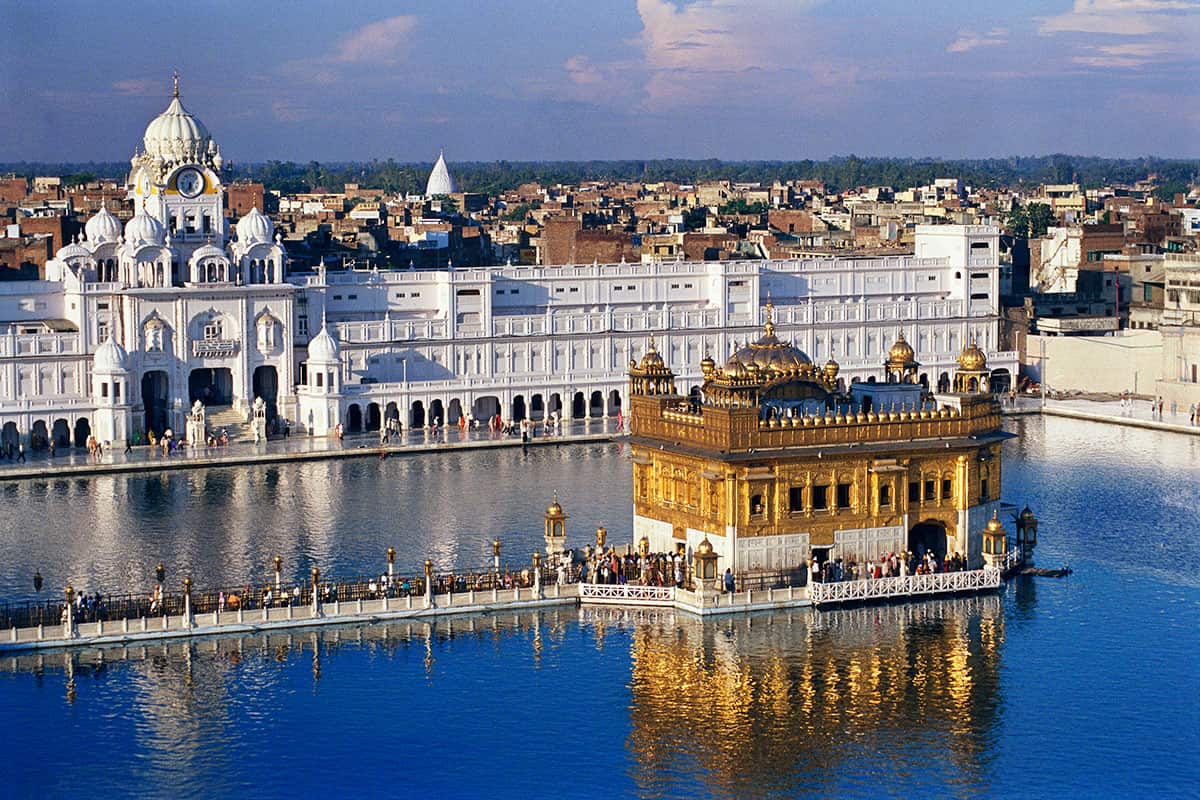
Amritsar, home to the iconic Golden Temple, is one of the most revered cities in India. The city’s spiritual significance attracts devotees from around the world.
- Dual Demand: The high tourist footfall supports both the rental market and long-term housing demand. Commercial spaces near the Golden Temple are also witnessing growth, contributing to overall urban development.
- Cultural Renaissance: Amritsar is experiencing urban renewal projects that combine modern infrastructure with its rich cultural heritage, leading to an increase in property values and investment opportunities.
The Broader Impact on Real Estate
Rising Property Values
The common thread in these cities is the increased demand for housing near religious sites. Improved connectivity and better urban infrastructure, driven by religious tourism, lead to higher property values. As demand outstrips supply, property prices naturally rise, benefiting homeowners and investors.
New Development Projects
In response to growing demand, developers are launching new residential and commercial projects. These projects are designed with modern amenities and sustainable features, catering to diverse income groups. With more housing options available, even traditionally underserved areas are becoming attractive for new developments.
Urban Renewal
The continuous influx of visitors often triggers urban renewal in older neighborhoods. Improved infrastructure, such as better roads and public transport, not only boosts property values but also enhances the quality of life for residents. Revitalized neighborhoods can become vibrant hubs of culture and commerce, further driving economic growth.
Long-Term Economic Growth
The combined effect of religious tourism and urban renewal leads to sustainable economic development. With increased investments in real estate, job opportunities multiply, and local businesses thrive. This creates a positive cycle of growth, where improved living conditions attract more residents, which in turn boosts the economy further.
Conclusion
Religious tourism is a major catalyst for residential demand in India’s holy cities, exemplified by Prayagraj’s 28% growth. Cities like Varanasi, Haridwar, Rishikesh, and Amritsar are also witnessing rising property values, new developments, and urban renewal, blending spiritual significance with modern living. These transformations create vibrant communities and sustainable growth, offering unique opportunities for homebuyers and investors.
Owning property in these culturally rich cities means connecting with India’s spiritual heritage while reaping the economic benefits of a thriving real estate market. The interplay between spirituality and urban development highlights the potential for balanced growth, where tradition and modernity coexist to shape India’s evolving urban landscape.
Also Read: RBI Cuts Repo Rate: How It Will Reduce Your Home Loan EMIs

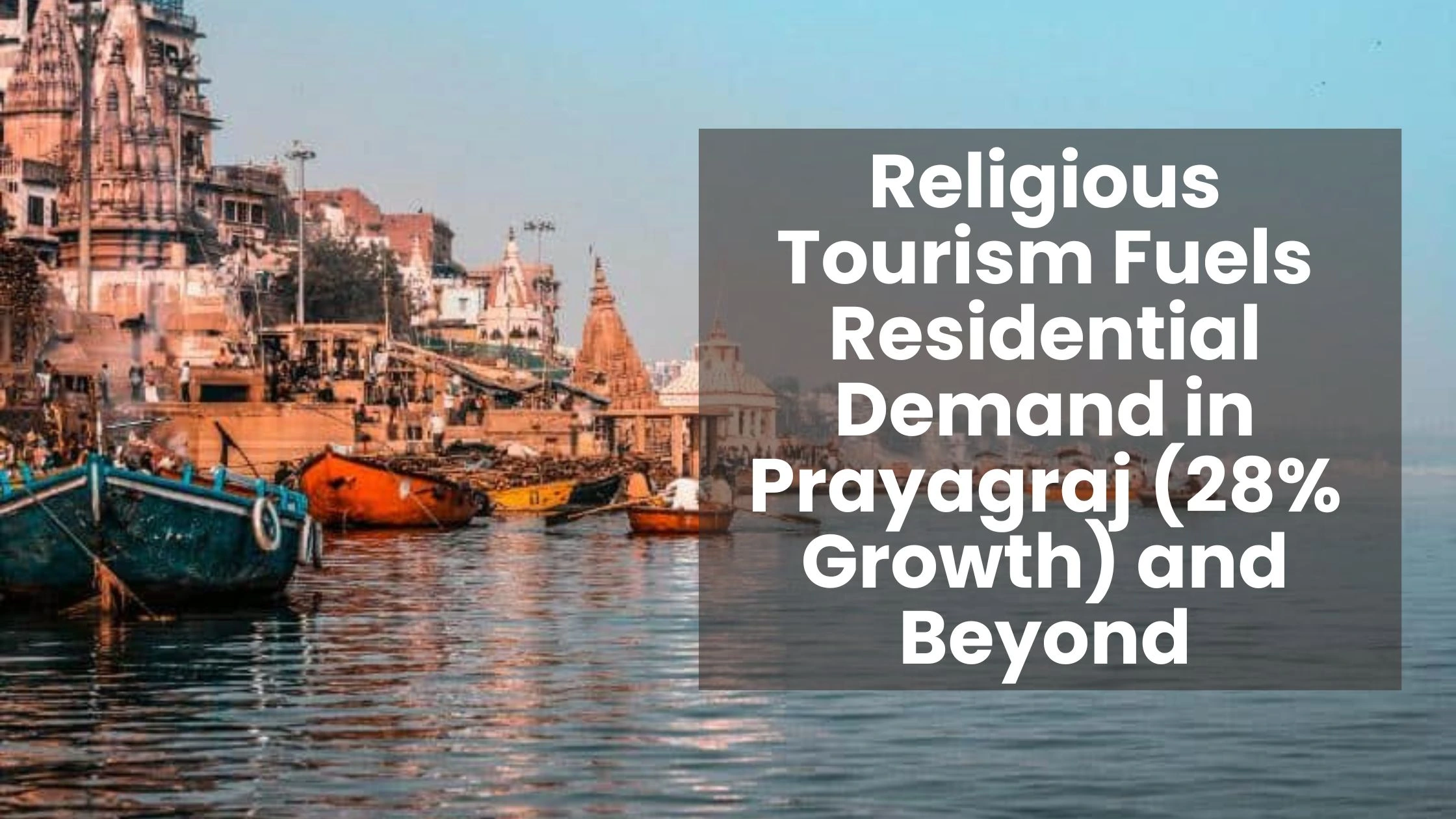
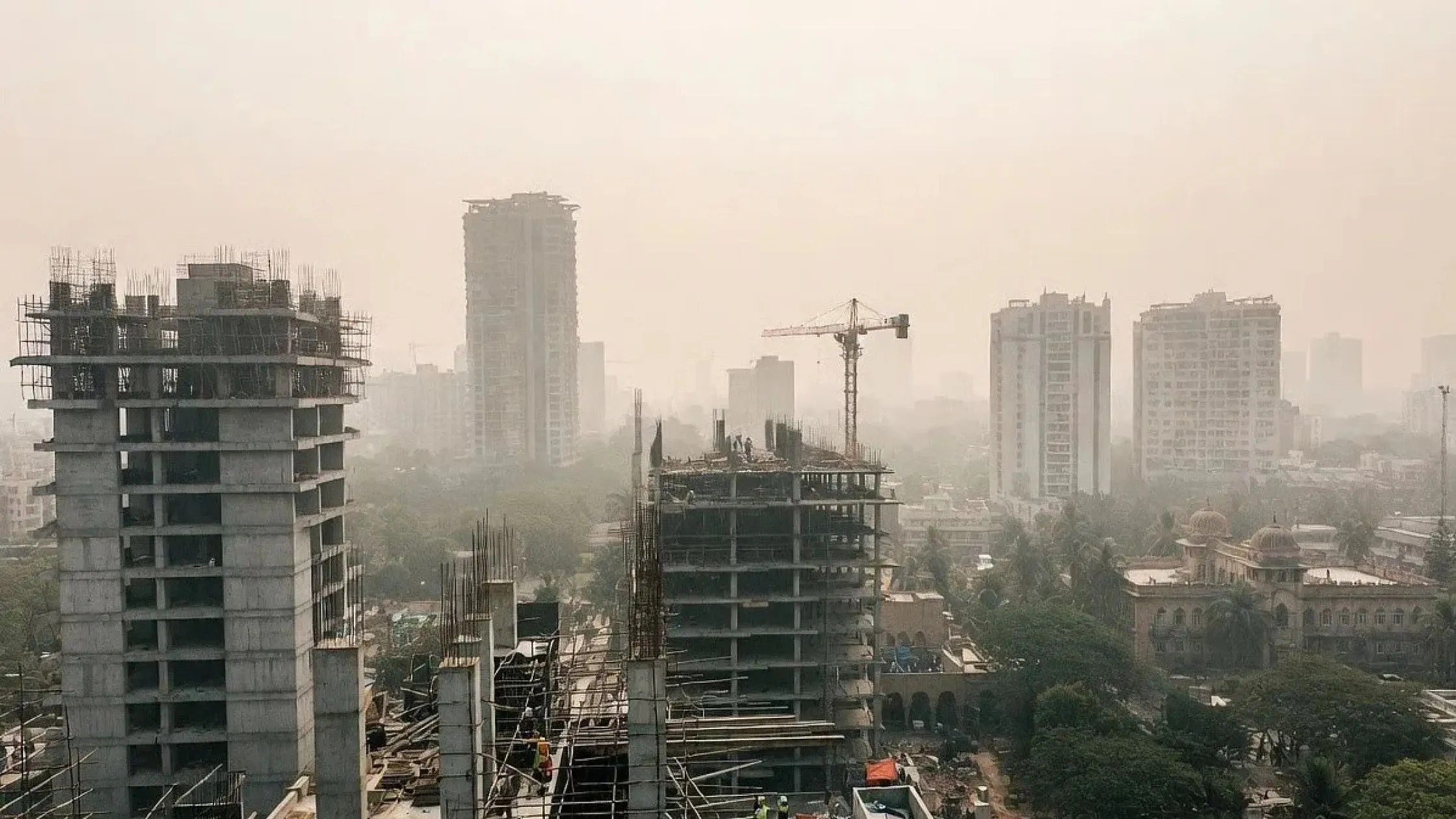
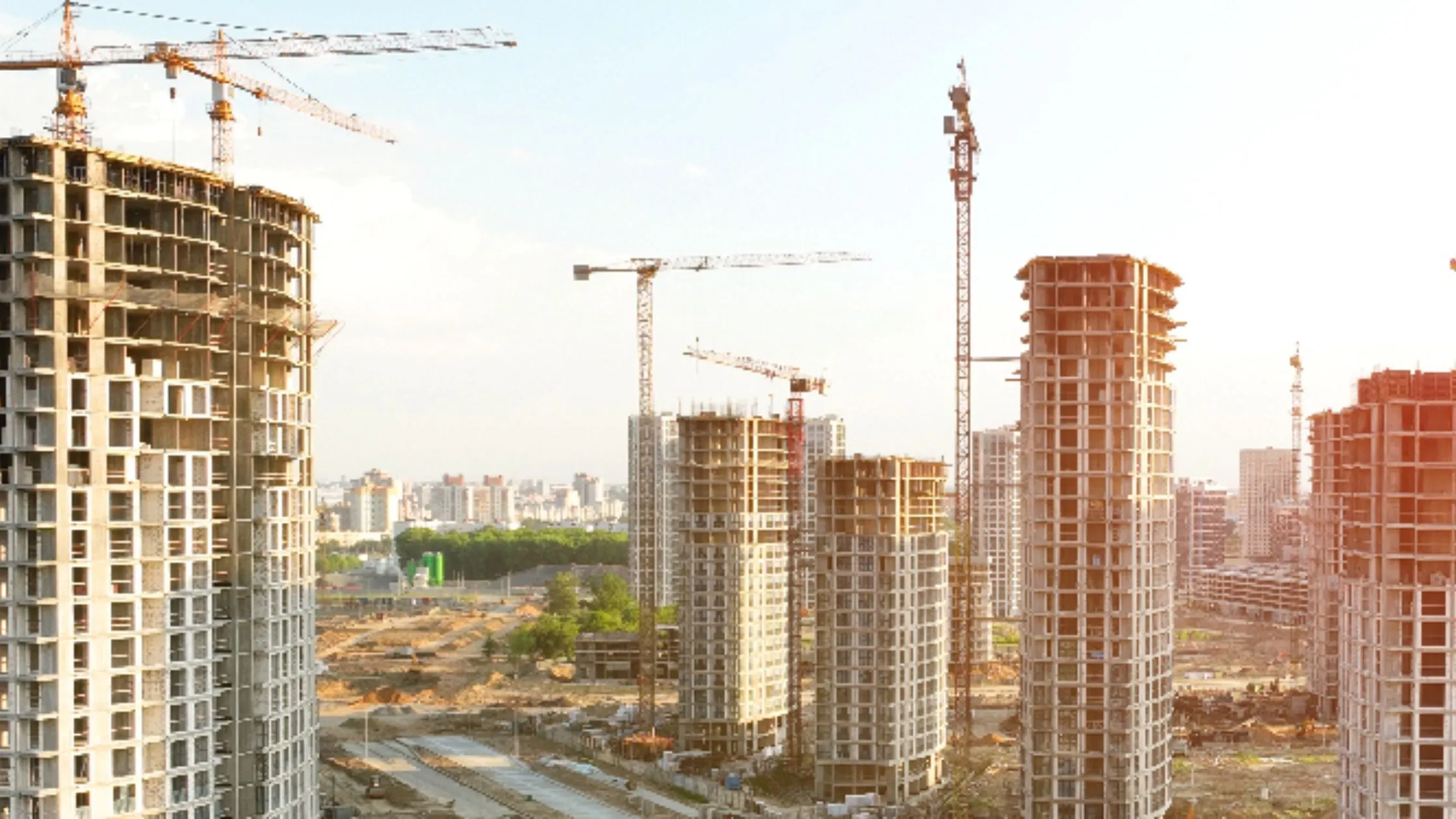
_1766473246.webp)
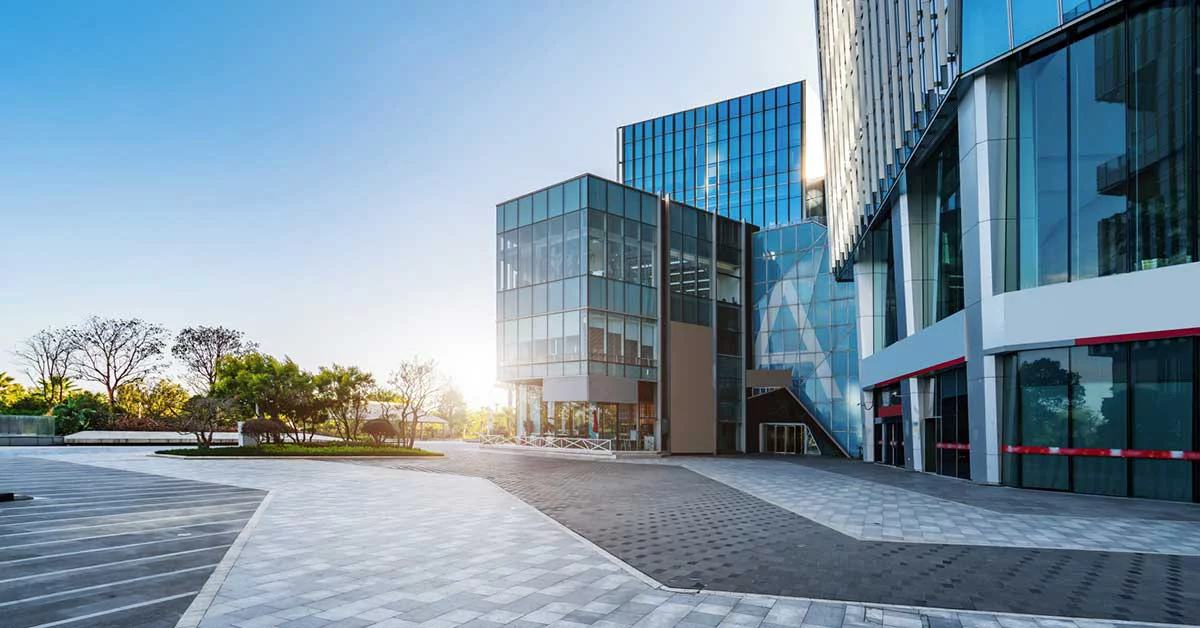

Ans 1. Religious tourism boosts local economies, increases property values, and triggers urban renewal, leading to higher residential demand in cities with spiritual significance.
Ans 2. Prayagraj’s growth is driven by the Kumbh Mela and steady influx of pilgrims, making it an attractive destination for residential investment and development.
Ans 3. Cities like Varanasi, Haridwar, Rishikesh, and Amritsar are also witnessing growth in residential demand, thanks to their spiritual significance and increased tourist footfall.
Ans 4. Urban renewal projects improve infrastructure and amenities, making previously underserved areas more attractive, which in turn increases property values.
Ans 5. Yes, developers are launching modern residential and commercial projects to meet the growing demand, providing homes with modern amenities and sustainable features.